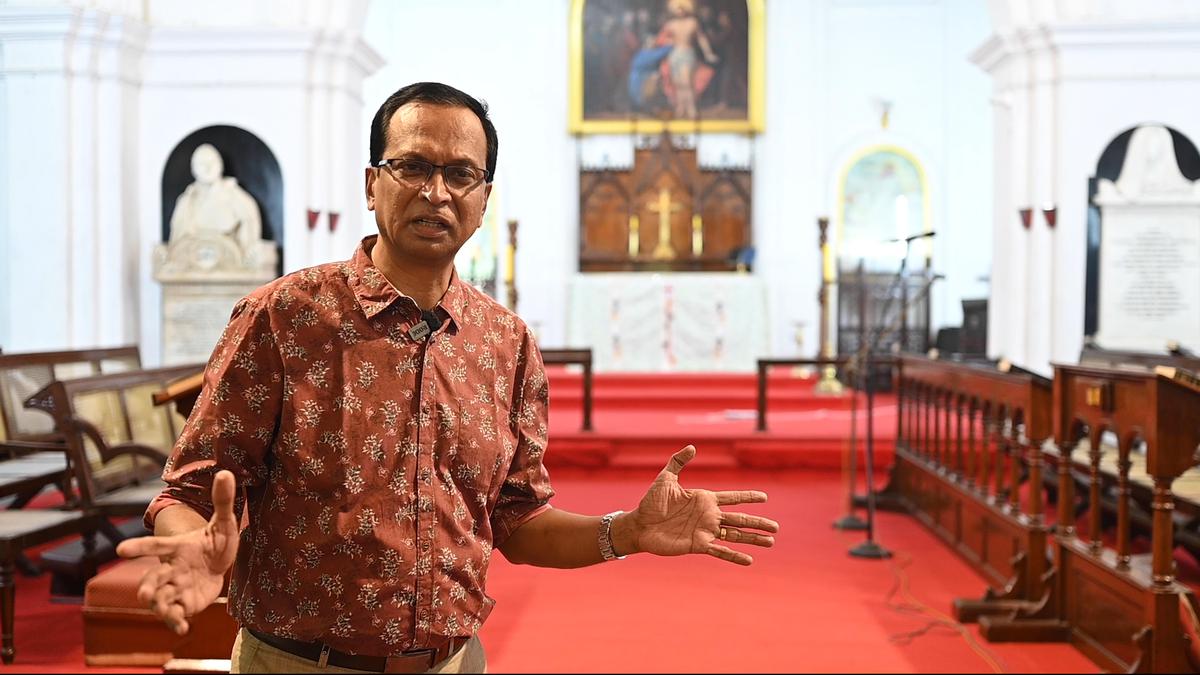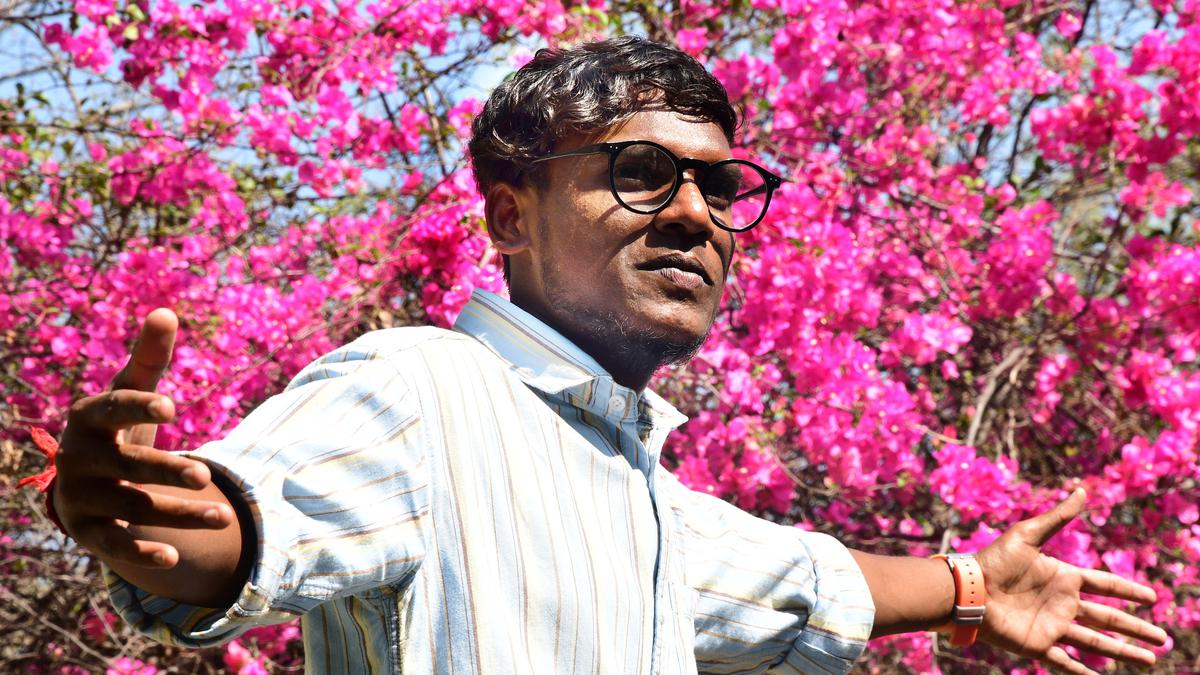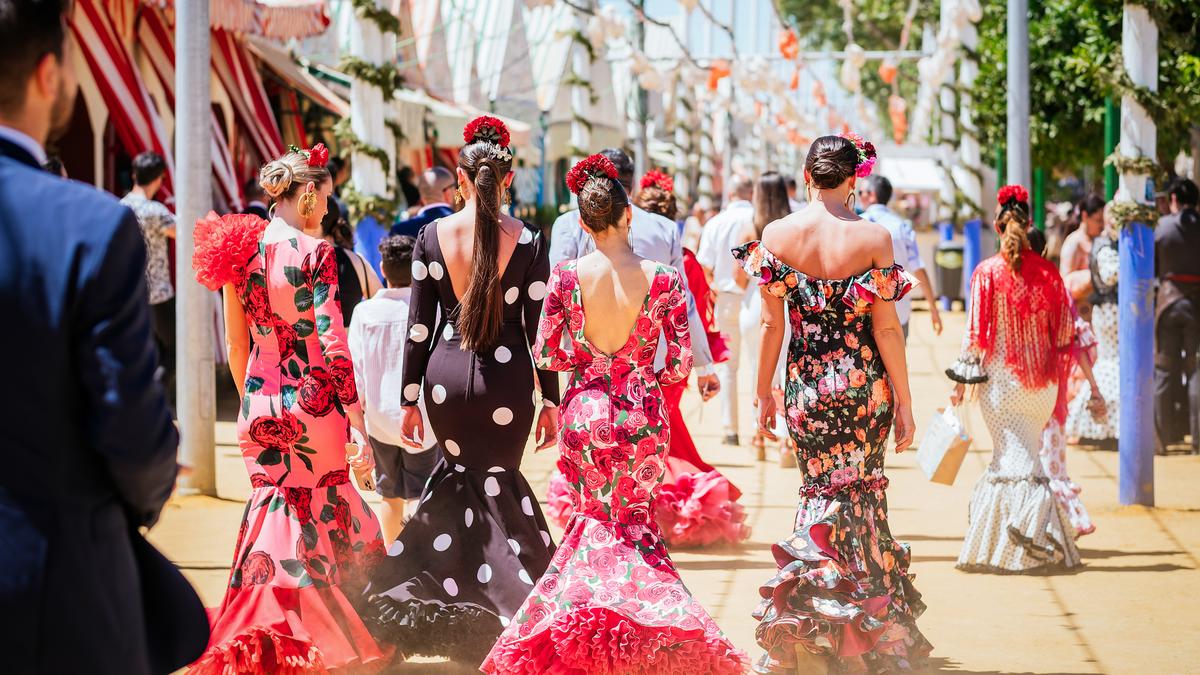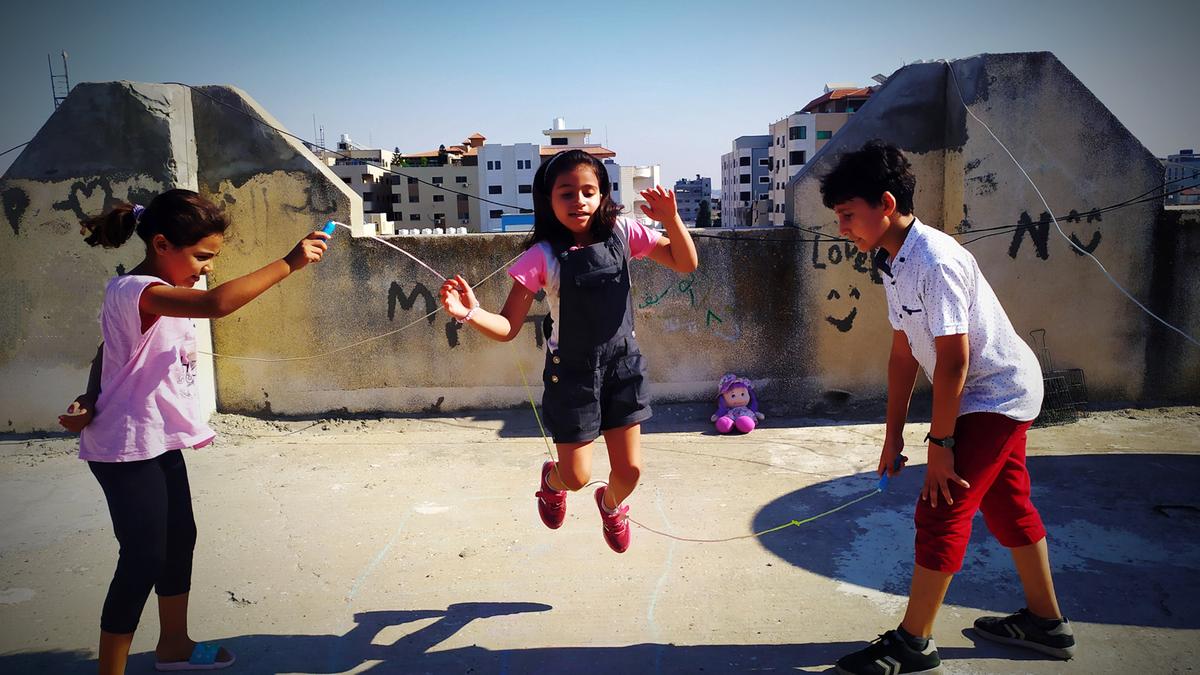Dust devils spiral and mango trees creak with the weight of history as boys run about the sun-seared grounds. It is late afternoon at St Thomas Mount and outside the 1830-built St Thomas Garrison Church, you can hear the thump of cricket ball on bat. Not long ago, on these grounds adjoining the Mohite stadium — once a battlefield, then an equestrian ground and now a golf course — there were shouts of ‘C’mon boy’ as generations of young Anglo-Indians dribbled their way to hockey glory. The Gothic-styled church located at No: 1 Grand Southern Trunk Road, was built for the spiritual needs of the British soldiers of the Madras Artillery headquartered here in 1774.
St Thomas Garrison Church located at 1 Grand Southern Trunk Road
| Photo Credit:
Thamodharan Bharath
Richard O’Connor, Assistant Commissioner, GST, and long-time resident of St Thomas Mount parks his scooter outside the church, helmed in by iron railings said to have been cast from guns captured from Tipu Sultan. “My family has lived in St Thomas Mount for at least a hundred years now, in the last house on the hill. My maternal grandfather was from Middlesex, joined the Army Medical Corps, and served in Ceylon before he was discharged after the War. My paternal great grandfather was Irish,” says Richard, stepping into the church. “St Patrick’s church on the other side of the hill was the cultural centre for most Anglo-Indians while the Garrison church largely saw a white congregation until Independence.” The church is dotted with busts and memorials to men who fought and died for the Empire, while its three-tier spire “had to be resized in 1972, for easy passage of jets landing at the nearby Meenambakkam airport”.
The main aisle of St Thomas Garrison Church
| Photo Credit:
Thamodharan Bharath
When Richard was young, the Mohite stadium used to have galas and fetes where “prizes used to be a beer bottle,” he laughs, as we drive towards European Lines, a little away from the Adyar Officers’ Mess, built at the end of the Napoleonic wars when peace had returned to the Carnatic.
“Mount was founded as a sanatorium for the British as early as 1685 and had a couple of British regiments and an Indian regiment officered by the British with Eurasians filling the junior commissioned ranks,” says Richard, adding that British privates lived in the Lines near Officers Training Academy. “It led to the birth of the Anglo-Indian community here, whose presence dates back to at least 300 years. According to a 1687 East India Company directive, a pagoda was gifted to every Eurasian child at its birth. The Portuguese came in the 1520s when they heard of the legend of the martyrdom of St Thomas and built the Church of Our Lady of Expectation at the site. For centuries it was known as Parangimalai (feringhi meaning foreigner and malai, mount in Tamil). As boys, we used to run up and down the hill, scrambling over rocks and chasing goats. There were very few people about then.” Today, the odd couple sits among the rocks in companionable silence.
European Lines, now identified as European Lane
| Photo Credit:
S Shiva Raj
European Lines has very few of the original houses and cows abound in the area, mostly belonging to the Konars, a pastoral community. “A typical day began with the milkman calling at the gate. There were a few Muslims from Mahe too who went on to open hotels and bakeries in the vicinity. These were the communities that peopled the hill then.”
The roads take their names from artillery-affiliated terms – Magazine Road and an offshoot of the Adyar river called Battery river is where children used to fish and dive for coins. In the streets around St Patrick’s church where nearly 300 Anglo-Indian families lived in their heyday, what remains are crumbling houses with worn flagstones and fading signage. Some have been rebuilt as apartments.
Margaret Dawson outside her home, Hillside
| Photo Credit:
Thamodharan Bharath
We stop at the 150-year-old house of Margaret Dawson with its rounded pillars, eaves dovetailed over the roof, large forecourt with fruit trees, slatted windows and rooms leading one into another. “Most Anglo-Indian houses were structured this way and have their share of resident ghosts. The only other existing house is the Gamble homestead,” says Richard as Margaret bustles about the house opening the window that overlooks the gateway of four arches and the steps contributed by the Armenians in the 1700s that lead up to the shrine on the hill.
“The Mount festival in December that has taken place for almost 500 years, draws huge crowds. We still buy the yo-yo balls, cotton candy and catapults, for old times’ sake. Music from scratchy gramophones and the aroma of cutlets and pie wafted through the air on Sunday afternoons. The social evenings had tombola and jiving with nearly 200 people gathering in the church hall. Since Independence, Anglo-Indians have migrated in droves and now only about 30 families live in St Thomas Mount.”
Richard O’Connor on the steps leading to St Thomas Mount shrine
| Photo Credit:
Johan Sathyadas
The residents of St Thomas Mount, over the centuries, worked in British-run enterprises such as the gun carriage factory, Railways, Post and Telegraph departments and companies such as English Electric and Bush Boake Allen. Many of them studied at St Dominic’s, St Helen’s and the Montfort Technical School. It seems there is no game that the students didn’t play or cultural pursuit they did not follow. “The Mount residents’ passion for hockey bridges the years,” says Richard.
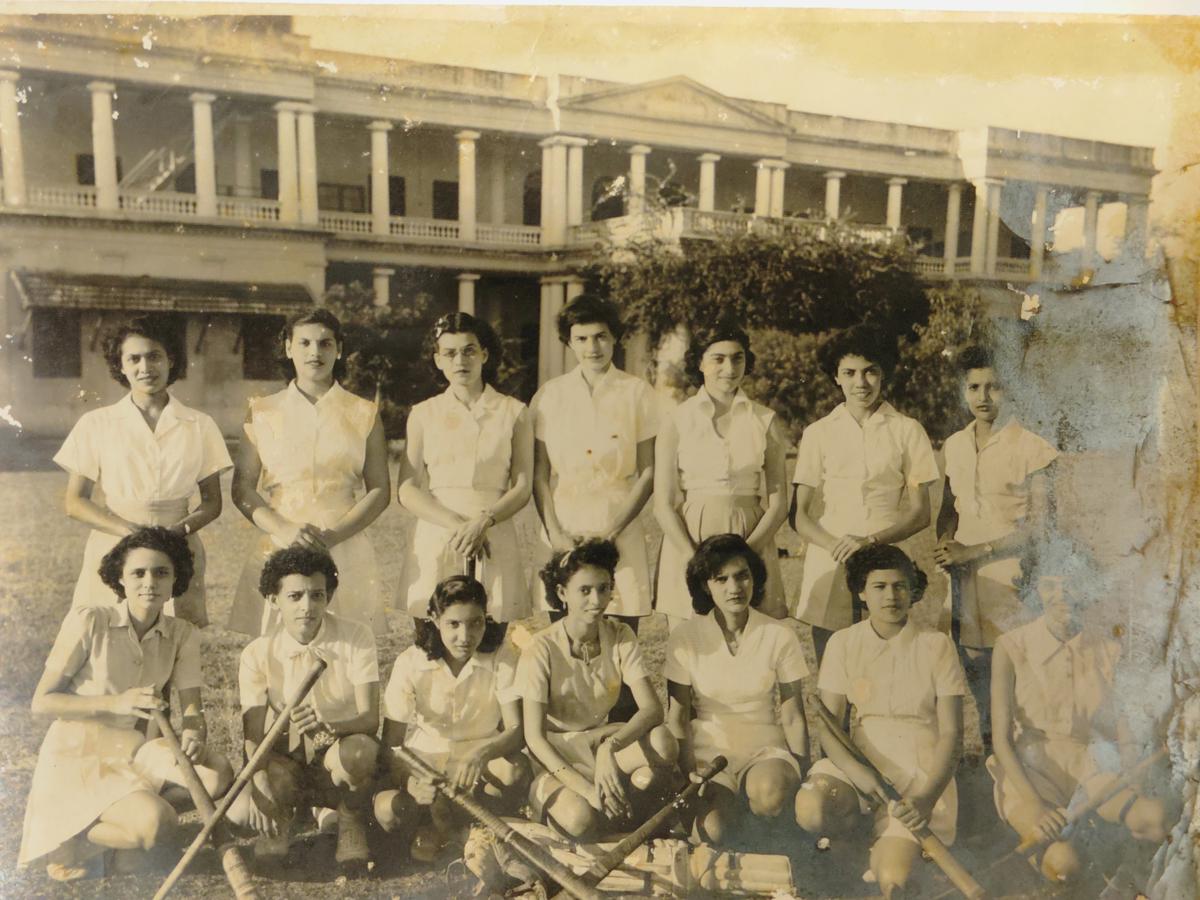
Hockey players from the yester-years. Phyllis Huggins, a resident of St Thomas Mount, is seated third from left
| Photo Credit:
Special arrangement
The smell of red earth and old willow has hung in the summer air since the time Anglo-Indians such as Charlie Huggins, his sister Phyllis and Clara Taylor went on to win many laurels in the game.
Sunset on the hill draws both the curious and the religious. Under a banyan tree is the bust of William Lambton, the geographer-soldier who launched the Great Trigonometrical Survey of India from the Mount.
The bust of Lt Col William Lambton, famed for the Great Trigonometrical Survey of India
| Photo Credit:
S Shiva Raj
Looking East, in the distance lies the Bay of Bengal, closer to the foot of the hill are the remains of the day – buildings and people who soak in the aura of a 19th Century Madras, yet neatly fit into the complicated world of 21st Century Chennai.


